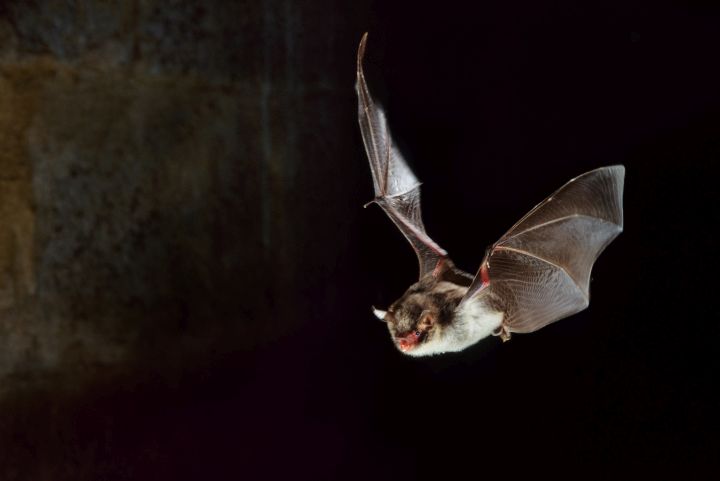The novel coronavirus disease outbreak in China, now known as COVID-19, probably originally came from animals, researchers say.

And the most likely candidate: bats.
“Increasing evidences demonstrate the link between the 2019-nCoV and other similar known coronaviruses (CoV) circulating in bats,” the World Health Organization wrote in its daily update on the virus on Tuesday.
“It’s probably almost certainly linked to bats,” said Scott Weese, a professor at the University of Guelph’s Ontario Veterinary College, who studies diseases originating in animals.

It’s unclear, however, how a virus would have gotten from bats to humans, the WHO wrote, as people don’t normally spend a lot of time in close contact with bats.
It’s more likely that the bat first gave the virus to another animal, which in turn passed it on to people, it wrote.
A lot of effort is going into finding that “in between” animal, Weese said. Pangolins were proposed as one possible intermediate host, but the evidence is unclear at this point.
This isn’t the first time bats have been linked to human disease. They’re known for carrying a number of viruses, said Dr. Samira Mubareka, a microbiologist at Toronto’s Sunnybrook Health Sciences Centre.
These include other coronaviruses like SARS and possibly MERS, though Mubareka says the evidence for this is a bit weaker. Some species of bats have also been linked to the Ebola virus and to Nipah virus, she said.
Bats are also known rabies carriers. In July 2019, a 23-year-old man likely caught rabies from a bat on Vancouver Island, and died of the illness.
Bats seem to have the ability to carry a number of viruses at once, without necessarily getting sick, and scientists are trying to figure out how they do it.
“I know it’s one of those things about bats that is considered remarkable,” said Brock Fenton, a professor emeritus of biology at the University of Western Ontario, who has spent more than 50 years studying bats.

Partly it could be due to their small size, he thinks, or their long lifespan — many bats can easily live 40 years or more. They’re also social animals that live in large colonies.
A 2018 paper in the journal Frontiers in Immunology suggested that bats’ ability to fly from place to place might expose them to more pathogens and give them the ability to spread the viruses into their colonies.
The metabolic demands of flight may have also changed how bats respond to infection, other papers have found, possibly through suppressing their immune systems slightly to avoid inflammation.
“It’s dampened, the virus is allowed to persist, but it doesn’t cause disease because there is a level of control there,” Mubareka said.
Finding the source
Whether it’s bats or some other animal, figuring out the source of the disease matters, said Manisha Kulkarni, an associate professor in the school of epidemiology and public health at the University of Ottawa.
“It’s really important for prevention and control to trace this back to the source,” she said.
Knowing where the virus came from can help to prevent an outbreak from recurring, and can allow health experts to put in place control measures, she said, such as banning the sale of a particular animal or changing agricultural practices so we don’t disturb bat habitats.
That’s where a lot of the trouble starts, according to Mubareka.
“The bats are not a bad player here,” she said. “It’s really the level of human activity that allows things to kind of spill over and the encroachment aspect of things that makes these events more likely.”
“Usually, we do something to change the habitat,” Fenton said. “So animals that we normally would never be in contact with, we suddenly are.”
Humans hurt bats too, he said, by helping spread white nose syndrome, a potentially fatal fungal infection, from colony to colony.
“We do rely on them immensely,” Mubareka said, “for biodiversity, for pollination, for vector control, for so many many things.
“Some of them are endangered. So it’s really important to have a conservation lens on this.”




Comments